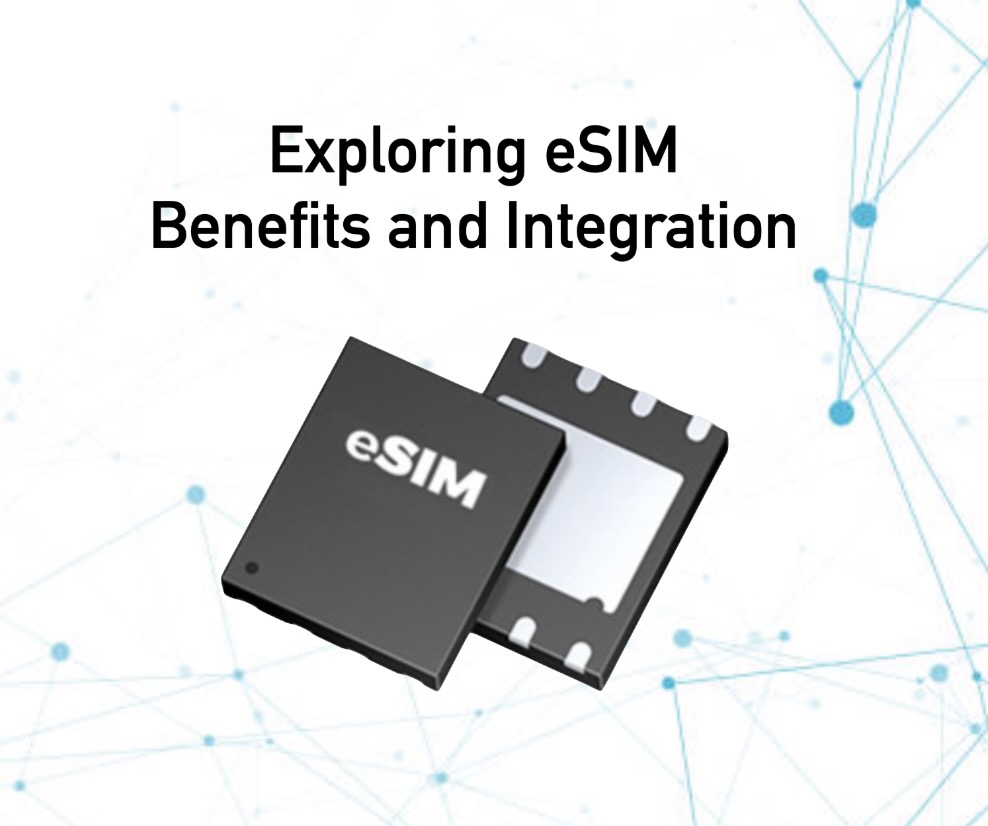
In our increasingly digital world, connectivity is a cornerstone of modern life. From smartphones to smart homes, the need for reliable and versatile connections has never been greater. Enter the eSIM (embedded SIM), a technological marvel that is reshaping the way we stay connected. This article explores what eSIM is, its numerous benefits, and its integration into a range of cutting-edge devices.
Understanding eSIM: The Digital Passport for Devices
An eSIM, short for embedded Subscriber Identity Module, is a virtual SIM card that is built directly into a device’s hardware. Unlike traditional SIM cards that need to be physically inserted and replaced, eSIMs allow devices to connect to mobile networks without the need for a physical card. This breakthrough technology is transforming how we interact with networks, offering a wealth of benefits that cater to both consumers and businesses alike.
Benefits of eSIM: Redefining Connectivity
- Convenience: One of the most significant advantages of eSIM technology is its convenience. Users no longer need to fumble with tiny SIM cards or worry about losing them. Devices can be activated remotely, enabling a seamless setup process.
- Remote Activation: eSIM enables users to switch carriers or activate new plans without requiring a physical visit to a store. This is especially beneficial for travelers who can purchase and activate local plans on-the-go, ensuring uninterrupted connectivity.
- Dual-SIM Functionality: With eSIM, devices can have dual-SIM capabilities without the need for a physical second slot. This feature is invaluable for those who need separate personal and work numbers or who frequently travel internationally.
- Cost Efficiency: The ability to switch carriers and plans without changing the physical SIM card can lead to cost savings. Users can easily opt for the best deals without the hassle of obtaining and replacing traditional SIM cards.
- Space-Saving Design: eSIM’s compact nature allows device manufacturers to design sleeker, more streamlined products. This is particularly important for smaller devices where space is at a premium.
- Environmental Impact: The reduced need for physical SIM cards translates to less plastic waste and a smaller carbon footprint.
Revolutionizing Connectivity: eSIM Integration in Various Models
Numerous models have embraced eSIM technology to provide users with enhanced connectivity options. Let’s delve into a selection of these models:
- BR1 Mini, BR1 Mini Core: Compact and powerful, these models offer eSIM integration for easy network connectivity in remote or mobile environments.
- BR1 Pro 5G, BR2 Pro: These models combine the power of 5G and eSIM for high-speed connectivity, making them ideal for demanding applications.
- MAX Adapters (LTEA, 5G): Providing eSIM capabilities, these adapters ensure dependable connectivity in various settings, though SFC Protect is not supported on SFC 5G/LTE plans.
- UBR Plus, Transit Duo Pro: These models offer eSIM support for reliable network access in critical scenarios, including failover and load balancing.
- Balance Series (20X, 310X): eSIM integration in the Balance series enhances network reliability and stability for businesses.
- MAX HD Series (HD2 MBX, HD4 MBX 5G): These models utilize eSIM technology to create robust and high-performing networks.
- Sierra RV55, Sierra MP70: These devices provide eSIM-enabled connectivity for vehicles, enhancing communication in transportation and remote settings.
The Future of Connectivity: eSIM and Beyond
eSIM technology has proven itself to be a game-changer, offering unparalleled convenience and flexibility in a digitally connected world. As more devices integrate eSIM capabilities, we can expect to see even greater innovation in how we connect and communicate. Whether it’s enabling seamless international travel, enhancing business operations, or supporting critical applications, eSIM’s impact is far-reaching and transformative. As the technology continues to evolve, we can only imagine the exciting possibilities it will unlock for the future of connectivity.

